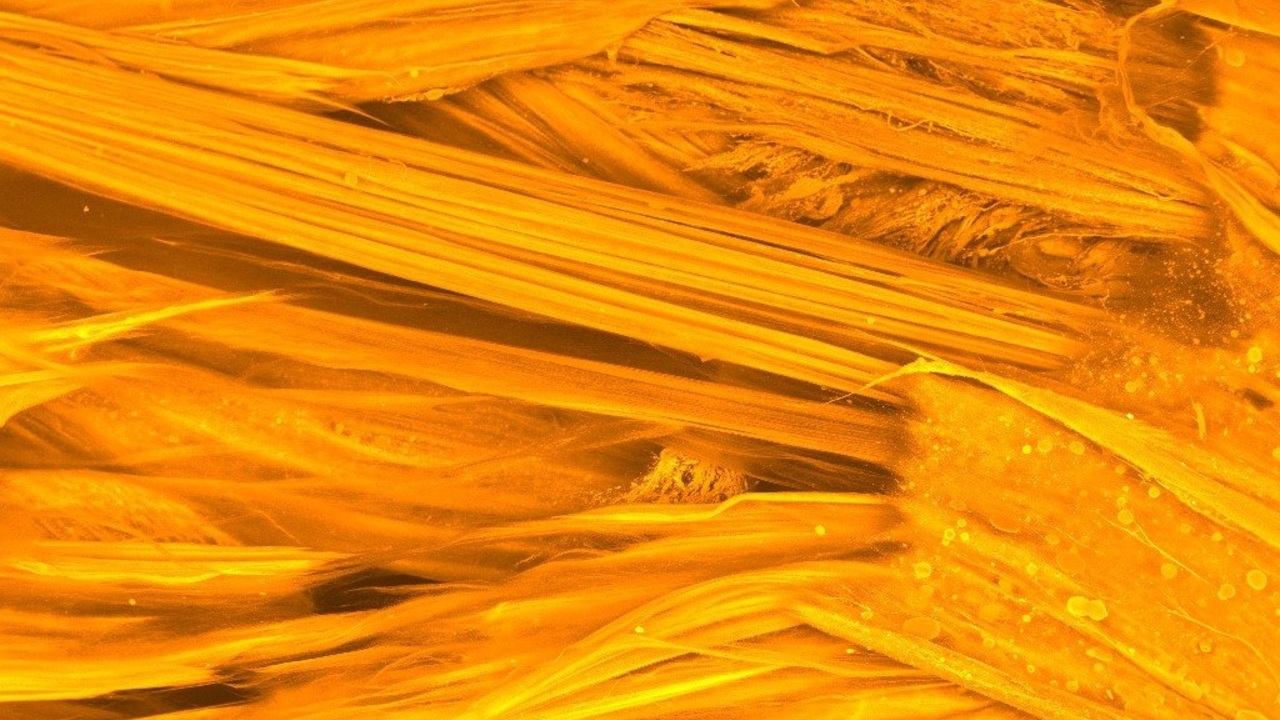Researchers from NUST MISiS and the Skolkovo Institute of Science and Technology have developed a new fiber for the active layer of wound dressings. The researchers’ work was published in the International Journal of Molecular Sciences.
Scientists have obtained a new material from various polymers by electrospinning: under the influence of a strong voltage, a thread with a thickness of one tenth of a micron is drawn from a solution based on water-soluble polymers and additives (graphene or silica nanoparticles). It is formed into a two-dimensional cotton-like non-woven fabric that is pressed into a “pad” shape.
They can be used as part of active wound dressings in the future. They treat injuries due to drugs prescribed to them, both at the stage of the polymer solution and at the stage of the finished product. In addition, to enhance the therapeutic effect, scientists added additives to the composition of the fibers to form a hydrogel, a substance that retains fluid well, thereby creating a moist environment to expel dead tissue and accelerate healing.
The scientists used chlorhexidine, an antiseptic that breaks down the shells of bacteria and viruses, as the active ingredient in the testing phase. The researchers were able to confirm that their composite fibers were non-toxic to humans while providing sustained antibacterial activity. In addition, it promoted effective drug release as a hydrogel. The developers say the recommended version of the fiber containing chlorhexidine will minimize post-operative complications in patients with chronic wounds.
Source: Ferra
I am a professional journalist and content creator with extensive experience writing for news websites. I currently work as an author at Gadget Onus, where I specialize in covering hot news topics. My written pieces have been published on some of the biggest media outlets around the world, including The Guardian and BBC News.










